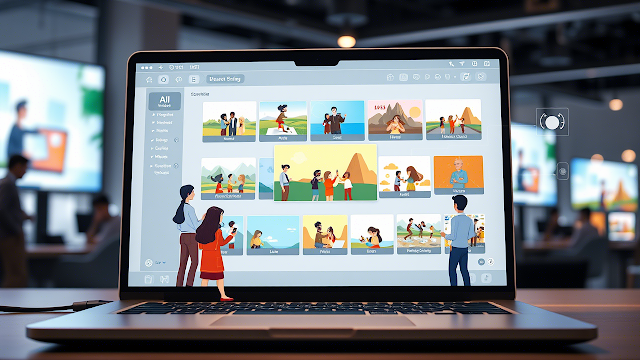Beyond the Translation Button: A Realistic Look at Microsoft Translator in Today's Classrooms

Breaking Down Language Walls, One Word at a Time Imagine sitting in a university lecture hall, surrounded by students from dozens of countries, each struggling to grasp complex concepts in a language that isn't their own. Now picture a tool that instantly transforms the professor's words into your native language—displayed right on your phone screen. This isn't science fiction; it's Microsoft Translator in action, quietly revolutionizing how we approach language barriers in education. But does this technological marvel live up to its promise, or are we placing too much faith in algorithms to do what human translators have done for centuries?






















